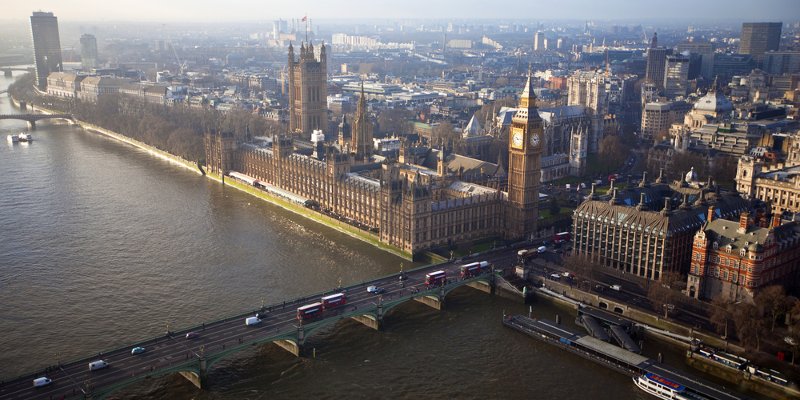The consequences for home owners include properties becoming unmortgageable and unsellable, while residents meet the costs of fire safety themselves.

Ahead of the third anniversary of the Grenfell Tower fire, a House of Commons select committee report has highlighted that there are still 2,000 high risk residential buildings with some form of dangerous cladding.
The consequences for home owners include properties becoming unmortgageable and unsellable, while residents meet the costs of fire safety themselves.
The committee reported that the £1bn Building Safety Fund to remove combustible non-aluminium composite material (ACM) cladding from buildings above 18 metres is likely to only be sufficient to cover a third of the 1,700 buildings needing remediation.
It also found that stringent rules on applying to the fund, including a short application window and restrictions against social housing providers, risk leaving many unable to access vital funding.
The Housing, Communities and Local Government Committee has therefore called on the government to make a commitment to ensure that all buildings of any height with ACM cladding should be fully remediated of all fire safety defects by December 2021.
Buildings with other forms of dangerous cladding should have all fire safety defects removed by June 2022.
The committee has asked government to accept that the £1bn pledged so far will be insufficient.
In the meantime, the report asked that government provide funding support for ongoing ‘waking watch’ fire patrols and fire alarms, which are currently being funded by residents.
So that the taxpayer is not expected to cover all costs, the committee has suggested that the government should seek to recover costs on individual buildings from those responsible and be prepared to take legal action.
Any residential building where work has not begun by December 2020 should be taken over using Compulsory Purchase Order powers, and consider establishing a new national body dedicated to purchasing the freehold and manage the remediation of buildings with fire safety defects.
Clive Betts MP, chair of the Housing, Communities and Local Government Committee, said:“We have challenged the government to finally commit to removing all forms of dangerous cladding once and for all.
"Three years on from the Grenfell Tower disaster there are still thousands of home owners living in buildings with some form of dangerous cladding.
"The financial and emotional toll has been significant, with temporary safety measures costing huge sums and the ongoing stress of living in a property that may not be safe.
"This is not good enough.
“It is clear that the £1bn Building Safety Fund will not be enough.
"Too many risk being excluded by the criteria for accessing this support and the amount of money pledged is only enough to cover a fraction of the work needed.
"The fund should be increased so that it is enough to cover the amount of work that is actually needed, both to remove cladding a resolve wider fire safety concerns.
"Further support must also be provided for the costs of stop-gap safety measures, such as ‘waking watches’, to reduce the burden on homeowners.
“This should not just be a question of the government, and therefore the taxpayer, stepping in with a blank cheque.
"Those who have caused, and in some cases refuse to rectify, safety issues must be made to pay.
"We call on the government to consider taking legal action to recover the cost of works on individual buildings.
"Compulsory Purchase Order powers should be used to take direct ownership of buildings where owners have failed to begin remedial work by December 2020.
“It is time for the government to commit to end the scourge of dangerous cladding once and for all.
"A piecemeal approach that will see homeowners facing many more years of stress and financial hardship. This is not an option.”



